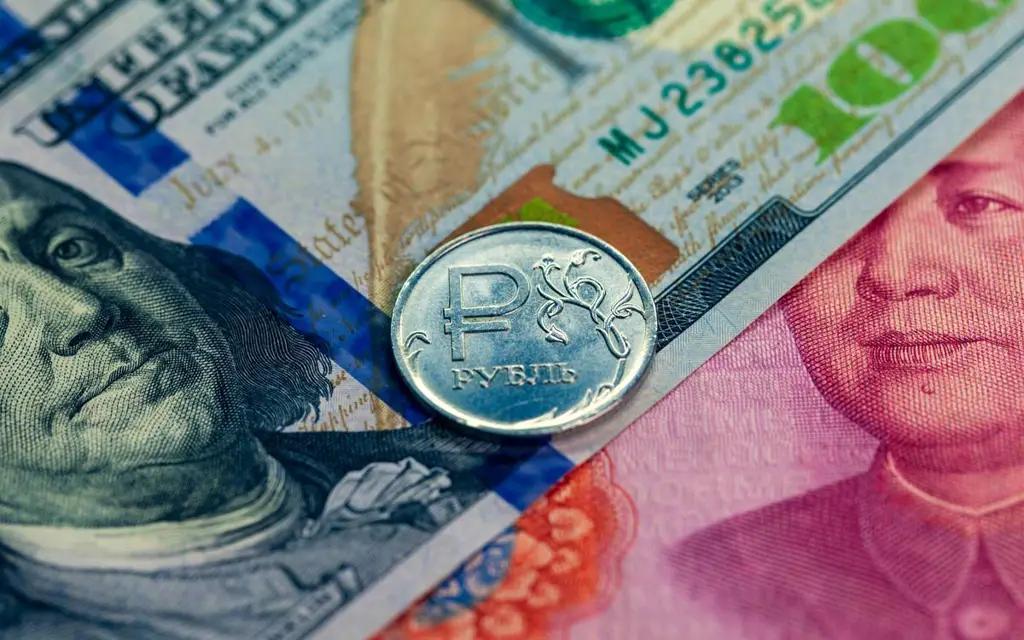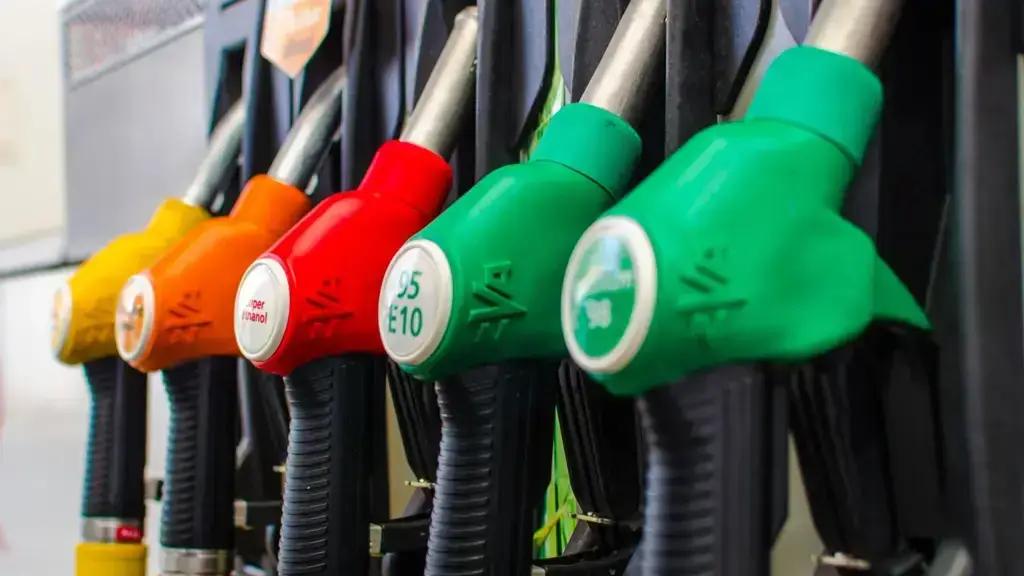
Published
02/05/2025, 13:42From January to November 2024, Kyrgyzstan's total trade volume reached $14.6 billion, marking a 3.7% increase compared to the previous year. Notably, only exports grew, rising by 21.3%, while imports slightly declined by 0.8%. More than 30% of the country’s total trade is linked to EAEU partners, with nearly 40% of Kyrgyz exports going to these countries and 28% of imports coming from them.
Russia and Kazakhstan remain Kyrgyzstan’s main trading partners within the EAEU, with Russia accounting for 21.9% of the country’s total trade turnover and Kazakhstan for 8.2%. Trade relations with Armenia are the least active, making up only 0.011% of the total.
Overall, Kyrgyzstan's trade with EAEU countries in the first 11 months of 2024 grew by 9.2% compared to the same period last year. Moreover, not only transaction volumes have changed, but also the currency structure of mutual settlements.
The share of ruble transactions for goods and services increased from 71.6% in 2020 to 82.5% in the first half of 2024. Kyrgyz soms and Armenian drams have also started to be used in EAEU countries' payments, though their share remains small—at just 0.1% each. Meanwhile, the US dollar is gradually losing ground: despite a slight increase in 2024 (from 10.6% to 10.7%), its share has nearly halved over the past five years—from 20%.
While we keep an eye on the US dollar, China is quietly but steadily advancing its currency within the EAEU. In the first half of 2024, the yuan's share in mutual settlements among Eurasian Economic Union countries reached 1.5%. This may seem small, but it marks a historic milestone, as the yuan was previously so insignificant that it fell under the category of "other currencies".
In the second quarter of 2024, Russia almost entirely paid for the export of Kyrgyz goods in rubles, rarely using dollars and euros. The share of the Russian national currency in transactions accounted for 98.3%.
Kazakhstan also actively used its national currency to pay for our goods and services, with its share amounting to 32%. However, neighbors still conducted more payments with us in US dollars — 56.9%. The dollar also remained the primary currency for transactions when exporting our goods to Armenia. But, as mentioned earlier, trade turnover with this country is extremely low, with our total export there valued at $237.4 thousand.
As for Belarus, it predominantly paid us in euros and rubles, with their shares in payments for our exports amounting to 54.3% and 32.6%, respectively.
Thus, we can talk about a clear linkage of Russian payments to the ruble, the diversification of Kazakhstan's payments, as well as a more mixed currency structure for Belarus and Armenia.
We primarily settled with Russia in its national currency — 96.4% of payments for Russian imports made in rubles. For supplies from Kazakhstan, we paid in tenge (48.7% of payments) and a significant portion — 43.5% — in dollars. When it comes to Belarusian goods, Kyrgyzstan mostly paid in Russian rubles, which accounted for 88.3% of payments. In the case of Armenia, transactions were predominantly conducted in hard currency: 59.7% of payments were made in dollars, while 37.3% were in euros.
It is important to note that the yuan accounts for 17.6% of our payments for imports from around the world, while in Kyrgyzstan's export earnings, it constitutes only 1.1%. Overall, we can say that Kyrgyzstan earns mainly in rubles from exports but spends dollars, euros and yuans for purchasing imports.
In 2024, the yuan played a more significant role than in 2023. Back then, it was classified under "other currencies", but now it is highlighted separately. In the second quarter of 2024, Kazakhstan received 76 transactions in yuan for exports, while Kyrgyzstan recorded 291. Most of the transactions in yuan came from Russia.
Kazakhstan and Kyrgyzstan also paid other EAEU countries in yuan for imported goods and services. Kazakhstan conducted 82 such transactions, mostly in favor of Russia, while Kyrgyzstan had 241 transactions, primarily for Russian goods.
In terms of global trade, Belarus received the most transactions in yuan, totaling 1,962 for its goods, with Kyrgyzstan in second place with 523 transactions. There is no data available for Russia. The situation for imports is similar, with Belarus actively using yuan for payments (conducting 31,047 transactions in the second quarter), while Kyrgyzstan made 20,693 transactions.
Although the yuan currently holds a relatively small share within the EAEU (1.5% of transactions in 2024), its influence is growing. In external trade transactions of EAEU countries with the rest of the world, the yuan accounts for 26.9%, while the share of the US dollar has dropped from 44.5% to 20% over the past two years.
Today, the Russian ruble continues to dominate the EAEU, while the yuan is becoming an increasingly important currency for foreign trade payments. Kyrgyzstan, being dependent on imports from China, is starting to use the yuan more actively, reflecting the global trend toward de-dollarization.



